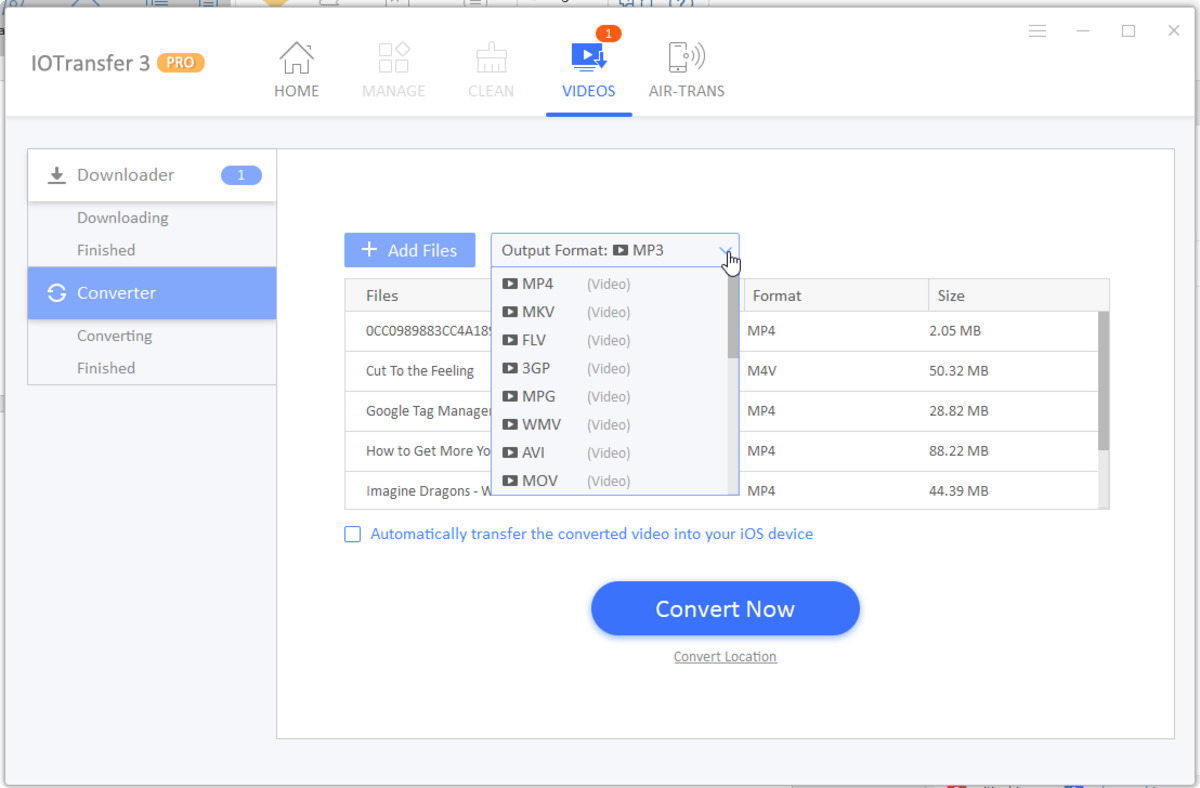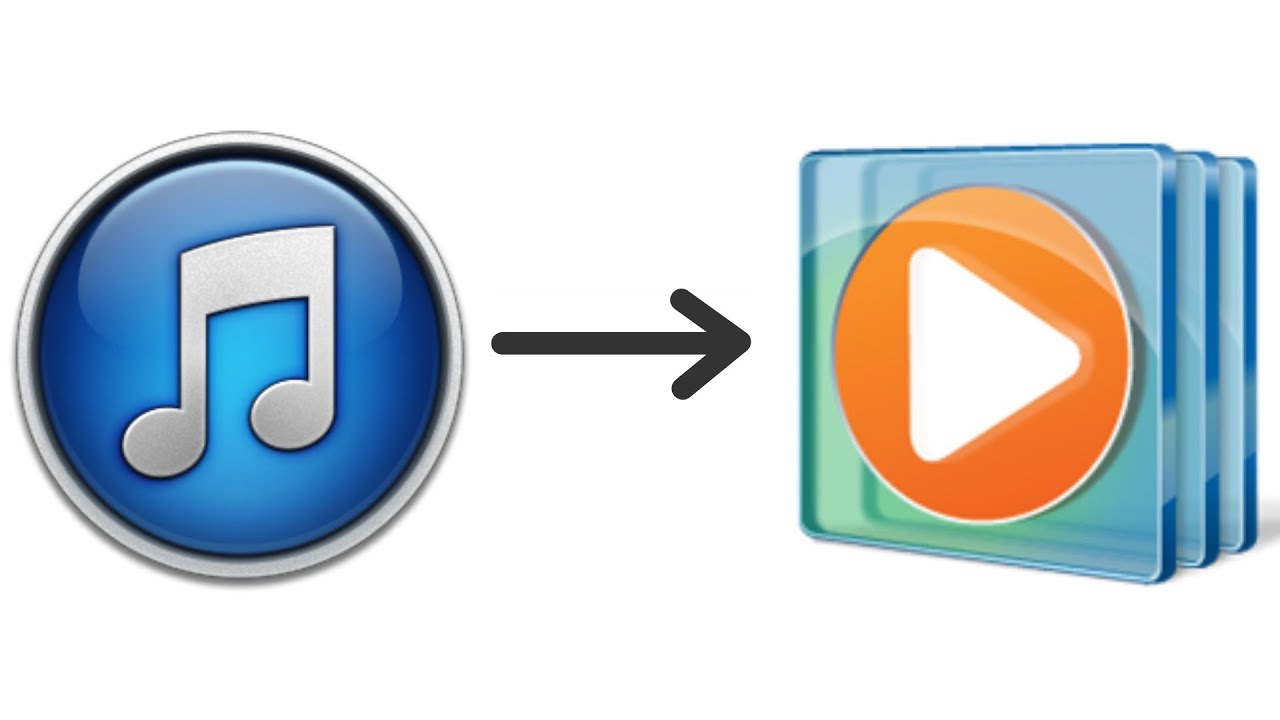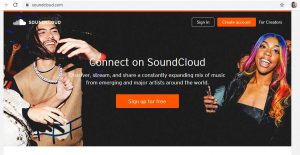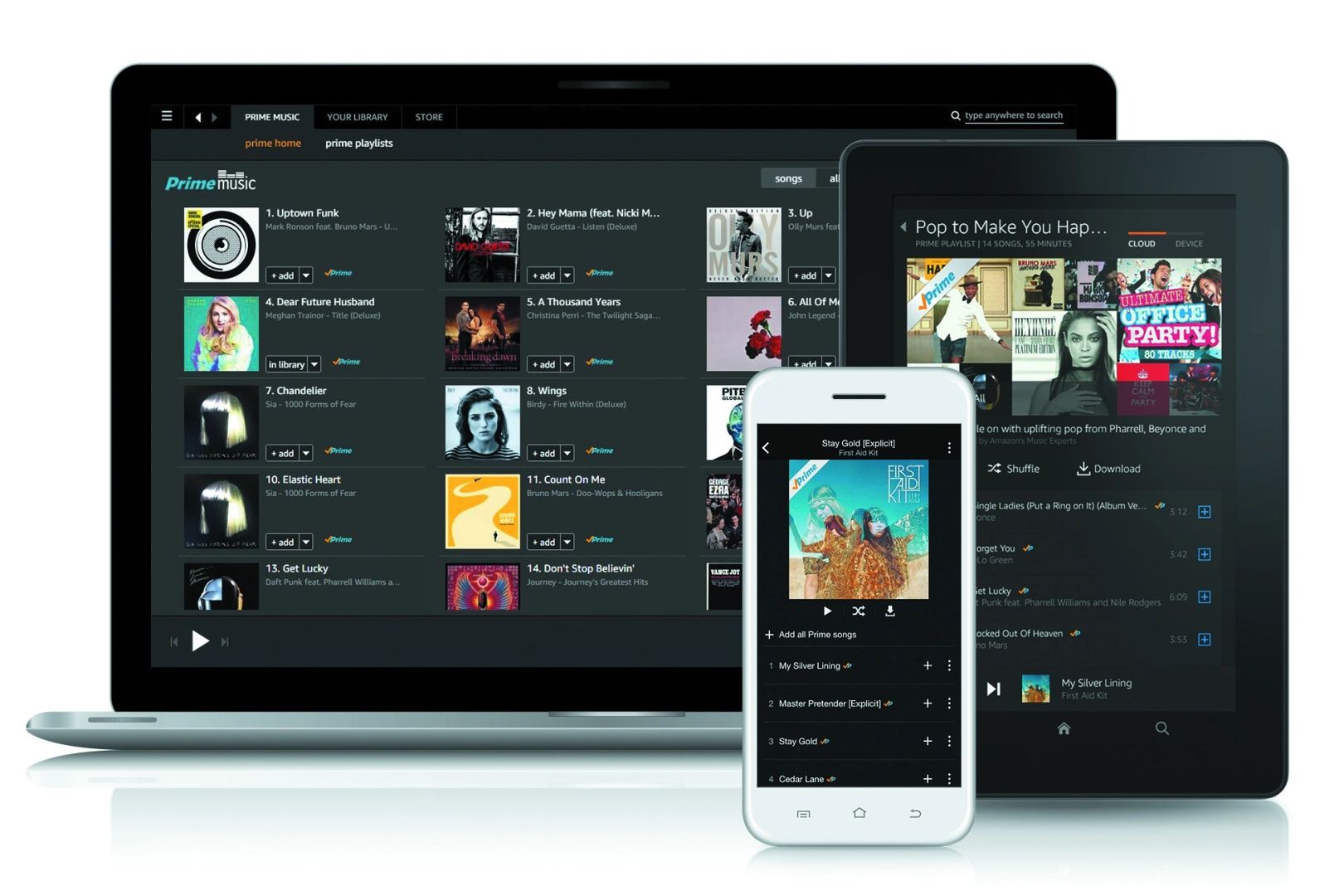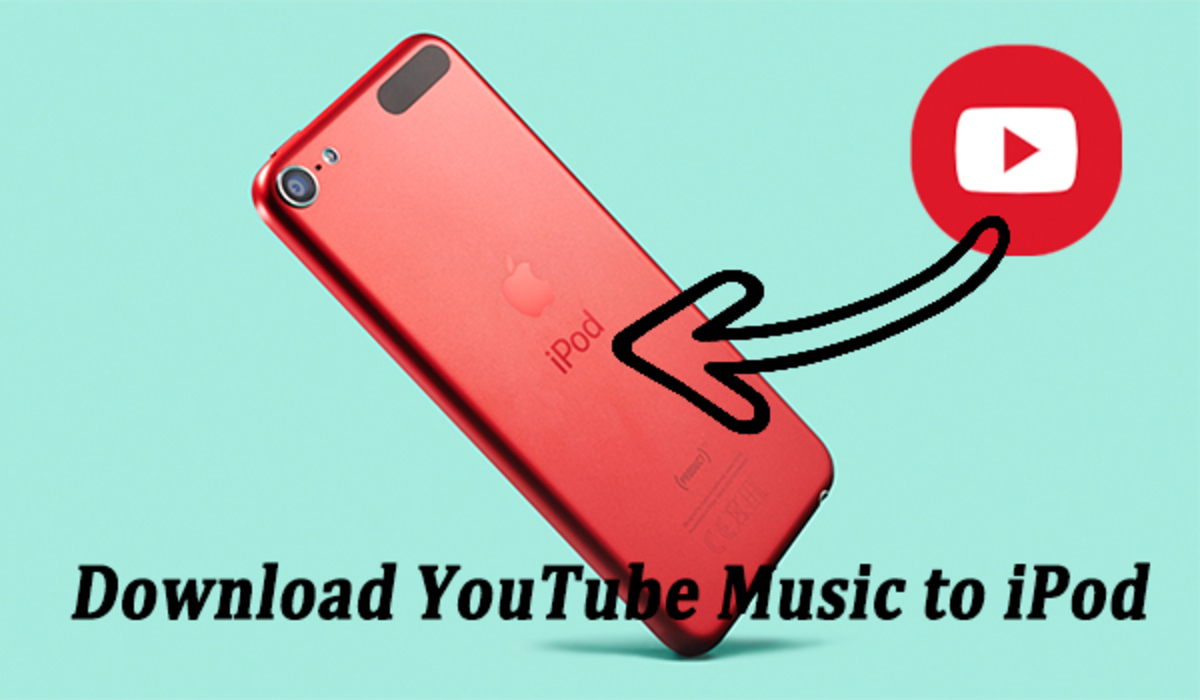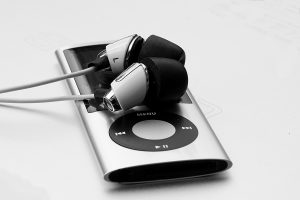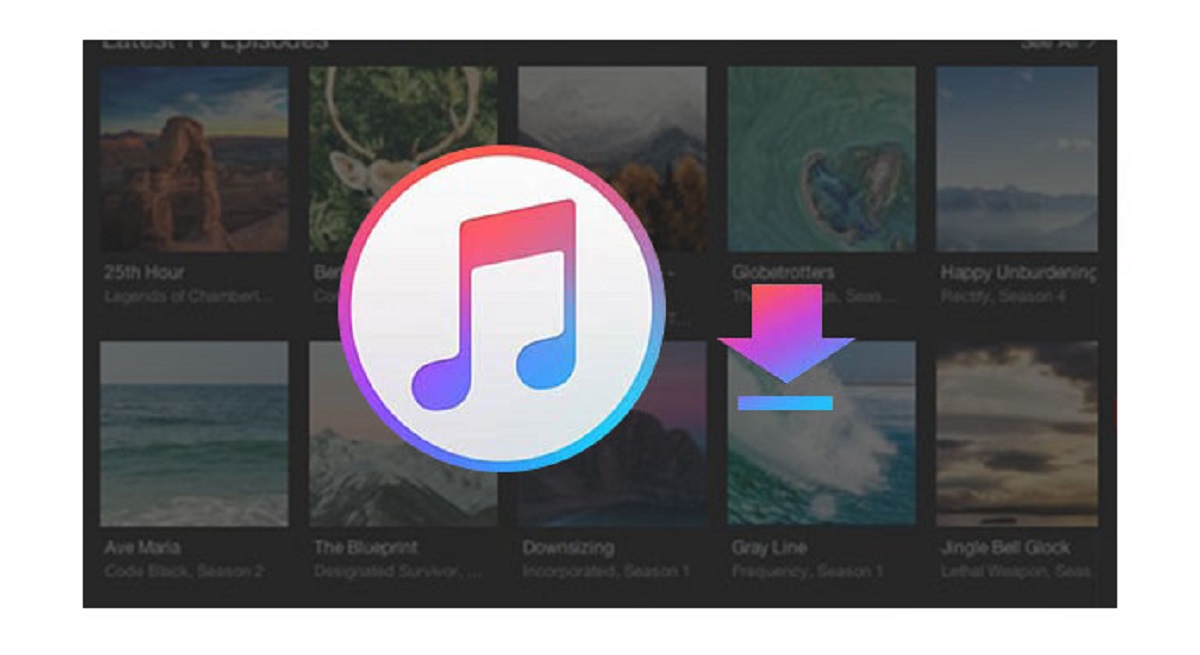Introduction
With the rise of digital music consumption, iTunes has become one of the most popular platforms for purchasing and streaming music. Whether you’re a music enthusiast or just looking for a particular track, iTunes offers a vast library of songs from various genres and artists.
However, iTunes music files are typically in AAC format, which may not be compatible with all devices and media players. This limitation has led many users to seek ways to download iTunes music and convert it to a more widely supported format like MP3.
In this article, we will explore different methods to download iTunes music and convert it to MP3. We will discuss the advantages and legal considerations of each method, allowing you to make an informed decision based on your needs and preferences.
Please note that it is important to respect copyright laws and use these methods responsibly. Ensure that you have the necessary rights and licenses to download and convert the music files.
Now, let’s dive into the various methods you can use to download iTunes music and convert it to MP3!
What is iTunes Music?
iTunes Music is a digital music platform developed by Apple Inc. that allows users to purchase, download, and stream music. It was introduced in 2001 as a media player and library management software, and has since evolved into a comprehensive music platform.
Through iTunes, users have access to a vast collection of songs, albums, and playlists from a wide range of genres and artists. The platform offers a seamless user interface, making it easy to browse and discover new music.
In addition to purchasing and streaming music, iTunes also offers features like music recommendations, personalized playlists, music videos, and the ability to create your own music library. Users can organize their music collection, create playlists, and sync their music across multiple devices.
iTunes Music allows users to explore music from various sources, including major record labels, independent artists, and podcasts. It has become a go-to platform for music enthusiasts, providing a convenient and user-friendly way to discover, access, and enjoy their favorite songs.
Furthermore, iTunes Music offers high-quality audio files, ensuring that users can experience music in its best form. However, the default format for music files in iTunes is AAC, which may not be compatible with all devices and media players.
This is where the need to download iTunes music to MP3 arises. MP3 is a widely supported audio format that can be played on almost any device or media player. By converting iTunes music to MP3, users can enjoy their favorite tracks on a broader range of devices, including smartphones, tablets, and MP3 players.
In the following sections, we will explore different methods to download iTunes music and convert it to MP3, giving you the freedom to listen to your favorite tracks anytime and anywhere.
Why Download iTunes Music to MP3?
There are several reasons why you might want to download iTunes music and convert it to the MP3 format. Let’s take a closer look at some of the key motivations:
Compatibility: iTunes music is typically encoded in the AAC format, which may not be compatible with all devices and media players. By converting iTunes music to MP3, you can ensure that your music can be played on a wider range of devices, including smartphones, tablets, MP3 players, and even some car stereos.
Portability: MP3 is a highly versatile audio format that allows you to take your music with you wherever you go. Whether you’re going for a run, commuting, or traveling, having your iTunes music in MP3 format enables you to listen to your favorite tracks without any restrictions.
Flexibility: Converting iTunes music to MP3 gives you the freedom to choose which media player or streaming platform you want to use. While iTunes provides a comprehensive music management system, you may have your preferences for other media players or streaming services. MP3 files can easily be imported into various media players, allowing you to enjoy your iTunes music wherever and however you like.
Sharing and Remixing: MP3 files are more accessible for sharing with friends or for use in creative projects. If you want to send a music file to a friend or use parts of a song in a video or audio project, having your iTunes music in MP3 format makes it easier to share and work with the files.
Backup and Future-Proofing: By downloading iTunes music and converting it to MP3, you can create a local backup of your music library. This ensures that even if your iTunes account or the platform itself undergoes changes, you will still have access to your favorite tracks. Additionally, MP3 is a widely supported format that is likely to remain compatible with future devices and technologies.
These are just a few of the reasons why downloading iTunes music and converting it to MP3 can be beneficial. It provides flexibility, portability, compatibility, and future-proofing for your music collection, allowing you to enjoy your favorite tunes without limitations.
In the next sections, we will explore different methods you can use to download iTunes music and convert it to MP3, providing you with options that suit your preferences and needs.
Legal Considerations
Before proceeding with any method to download iTunes music and convert it to MP3, it is important to understand the legal implications and ensure that you are abiding by copyright laws. Here are some key points to keep in mind:
Ownership and Usage Rights: Ensure that you have the legal rights to download and convert the iTunes music files. If you have purchased the music legally through iTunes, you generally have the right to download and convert it for personal use. However, it is important to read and understand the terms and conditions set by Apple to ensure that you are not infringing on any rights.
Restrictions and DRM: Some iTunes music files may be protected by Digital Rights Management (DRM) technology, which imposes restrictions on how the files can be used or transferred. Breaking DRM protection is usually not legal and may violate copyright laws. It is recommended to avoid methods that involve removing DRM or breaking copyright protection.
Public Domain and Creative Commons: While copyright protection applies to most music files, there are exceptions in the form of public domain and Creative Commons licensed music. Public domain music is not protected by copyright and can be freely downloaded, used, and converted. Creative Commons licenses allow artists to specify the usage rights for their music. Make sure to check the licensing terms and abide by them when downloading and converting any music.
Respect for Artists and Copyright Holders: It is important to support the artists, musicians, and copyright holders by purchasing their music legally whenever possible. Downloading and converting iTunes music should be done for personal use only and not for distribution or commercial purposes without proper permissions.
Local Laws and Regulations: Copyright laws can vary from country to country, so it is crucial to familiarize yourself with the laws in your jurisdiction. Ensure that the methods you use to download and convert music are in compliance with the applicable laws and regulations.
Remember, it is always best to err on the side of caution and respect the rights of artists and copyright holders. By doing so, you can enjoy your iTunes music collection in a legal and responsible manner.
In the following sections, we will explore different methods to download iTunes music and convert it to MP3, keeping in mind the legal considerations discussed here.
Method 1: Using iTunes itself
One of the simplest ways to download and convert iTunes music to MP3 is by using iTunes itself. Here’s how you can do it:
- Launch iTunes on your computer and go to the “Preferences” menu.
- Click on the “General” tab and then select “Import Settings.”
- In the “Import Using” dropdown menu, choose “MP3 Encoder.” Adjust the quality settings if desired.
- Click “OK” to save the changes.
- Now, navigate to your iTunes library and select the songs or albums you want to convert to MP3.
- Right-click on the selected items and choose “Create MP3 Version.” iTunes will start converting the files to MP3 format.
- Once the conversion is complete, you can find the MP3 versions of your songs by right-clicking on them and selecting “Show in Finder” or “Show in File Explorer.”
This method allows you to utilize the built-in functionality of iTunes to convert your purchased or downloaded iTunes music to MP3. However, it is important to note that this method may not work for songs with DRM protection.
By using iTunes itself, you can ensure a straightforward and reliable conversion process. However, if you are looking for more flexibility or have songs with DRM protection, you may need to explore other methods.
In the following sections, we will dive into alternative methods that allow you to download iTunes music and convert it to MP3, catering to different scenarios and requirements.
Method 2: Using a third-party software
If you are looking for a more versatile and feature-rich approach to downloading and converting iTunes music to MP3, you can consider using third-party software. There are several reputable programs available that provide additional functionalities and support for DRM-protected files. Here’s how you can use a third-party software:
- Research and select a reliable third-party software that specializes in iTunes music conversion. Some popular options include TuneFab Apple Music Converter, Audacity, and Sidify Apple Music Converter.
- Download and install the chosen software on your computer.
- Launch the software and follow the on-screen instructions to set it up.
- Open the program and select the iTunes music files or playlists you want to convert to MP3.
- Choose the MP3 format as the output format and specify any desired settings, such as audio quality or file naming conventions.
- Initiate the conversion process by clicking on the “Convert” or “Start” button.
- Wait for the software to convert the selected iTunes music files to MP3 format. This may take some time depending on the size and number of files being converted.
- Once the conversion is complete, you can locate the MP3 files in the designated output folder specified during the setup process.
Using a third-party software gives you more control over the conversion process and allows you to work with DRM-protected files. However, it is essential to choose a reputable software provider and ensure that you are using the program in compliance with copyright laws.
Keep in mind that some third-party software options may require a paid license or offer free trials with limitations. Evaluate the features and functionalities of different software options to find the one that best suits your needs.
In the next section, we will explore another method that involves using online converters to download and convert iTunes music to MP3.
Method 3: Using online converters
If you prefer a quick and convenient method to download and convert iTunes music to MP3 without installing any additional software, you can explore online converters. These web-based tools allow you to convert your iTunes music files to MP3 format directly in your browser. Here’s how you can use online converters:
- Search for reputable online converters that specialize in iTunes music conversion. Some popular options include Online Audio Converter, Convertio, and Zamzar.
- Visit the website of the chosen online converter.
- Follow the instructions provided on the website to upload your iTunes music files. Most online converters support various file formats, including AAC, which is the default format of iTunes music.
- Select MP3 as the output format.
- Initiate the conversion process by clicking on the “Convert” or “Start” button.
- Wait for the online converter to convert your iTunes music files to MP3 format. The conversion time may vary depending on the size of the files and the speed of your internet connection.
- Once the conversion is complete, you will usually be provided with a download link to download the converted MP3 files to your computer.
- Click on the download link and save the files in your preferred location.
Using online converters is a convenient option as it eliminates the need to install any software. However, it is important to note that the quality and reliability of online converters may vary. Ensure that you choose a reputable and trustworthy online converter to ensure the security and privacy of your files.
Additionally, keep in mind that uploading your iTunes music files to online converters involves transferring your files to a third-party server. If you are concerned about privacy or have sensitive content, you may prefer alternative methods such as the ones mentioned earlier.
In the next section, we will explore another option for downloading and streaming iTunes music in MP3 format, using streaming platforms.
Method 4: Using streaming platforms
Another method to access and enjoy iTunes music in MP3 format is by using streaming platforms that allow you to listen to music on-demand. These platforms provide a vast library of songs, including many popular tracks from iTunes. Here’s how you can use streaming platforms:
- Research and identify streaming platforms that offer a wide selection of music, including the songs you want from iTunes. Some popular platforms include Spotify, Apple Music, and Amazon Music.
- Sign up for a subscription or create a free account on the streaming platform of your choice.
- Search for the songs or albums you want to listen to in MP3 format.
- Add the desired tracks to your library or create playlists with the songs you want.
- Once you have added the songs to your library or playlists, you can usually download them for offline listening. Check the platform’s settings or options to enable the download feature.
- Choose the MP3 format as the download format, if available. Some platforms may automatically convert the songs to MP3 for you, while others may offer an option to select the file format during the download process.
- Wait for the songs to download to your device or computer in MP3 format.
- Enjoy listening to your iTunes music in MP3 format on the streaming platform’s app or media player.
Using streaming platforms to access iTunes music in MP3 format provides a legal and convenient way to enjoy your favorite tracks. These platforms offer a seamless user experience, personalized recommendations, and the ability to discover new music.
Keep in mind that streaming platforms typically require a subscription for full access to their music library and offline download features. However, they often offer free trial periods or ad-supported versions for users who prefer not to subscribe.
In summary, using streaming platforms is an excellent option if you prefer a comprehensive music experience and want to access iTunes music in MP3 format without the need for manual conversion.
Now that we’ve explored different methods to download and convert iTunes music to MP3, let’s conclude with a recap of the available options and a reminder to prioritize legal and ethical considerations when using these methods.
Conclusion
Downloading and converting iTunes music to MP3 format provides a way to enhance the compatibility, portability, and flexibility of your music collection. In this article, we explored four different methods to achieve this goal.
We began by discussing the benefits of downloading iTunes music to MP3, including improved compatibility with various devices, increased portability, and the ability to use different media players or streaming platforms.
We then emphasized the importance of legal considerations and respecting copyright laws when downloading and converting iTunes music. It is crucial to ensure that you have the necessary rights and permissions to download and convert the music files, while also supporting artists and copyright holders.
Method 1 introduced the option of using iTunes itself to convert purchased or downloaded iTunes music to MP3. This method is simple and reliable, but may not work for songs with DRM protection.
Method 2 explored using third-party software, which provides additional features and support for DRM-protected files. This option offers more flexibility in customization and control over the conversion process.
Method 3 introduced the convenience of using online converters to convert iTunes music to MP3 directly in your web browser. While quick and easy, it is important to select reputable online converters to ensure the security and privacy of your files.
Method 4 focused on utilizing streaming platforms that offer the option to download and listen to iTunes music in MP3 format. This option provides a legal and convenient way to enjoy a vast library of songs on-demand.
As you explore these methods, always prioritize legal considerations, respect copyright laws, and ensure that you are using the methods responsibly and within the bounds of your rights. It’s essential to support artists and creators by purchasing their music legally whenever possible.
Choose the method that best suits your needs and preferences, considering factors such as the presence of DRM protection, desired level of customization, ease of use, and overall convenience.
Ultimately, downloading iTunes music and converting it to MP3 enhances your music listening experience, allowing you to enjoy your favorite tracks seamlessly across various devices and platforms.









